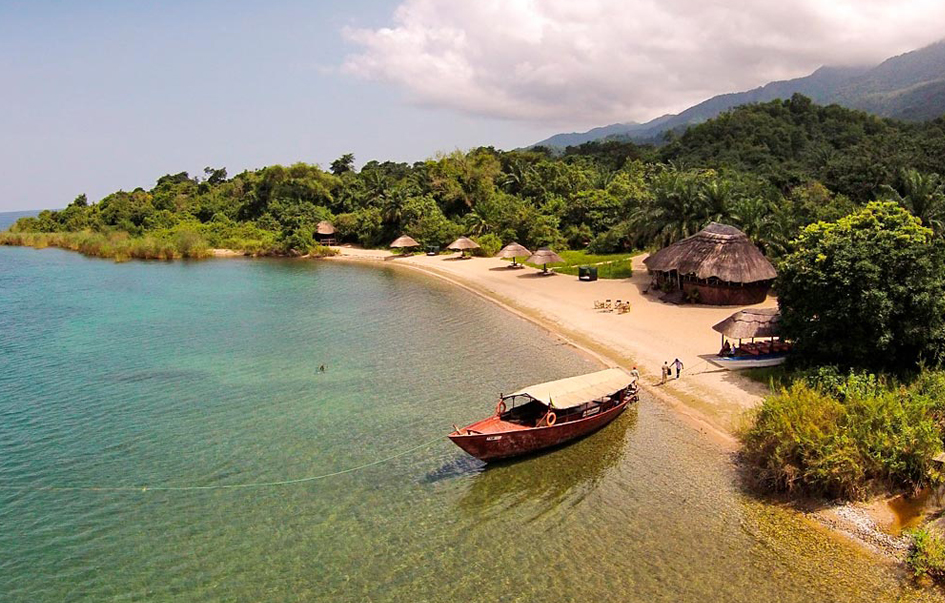Mahale National Park
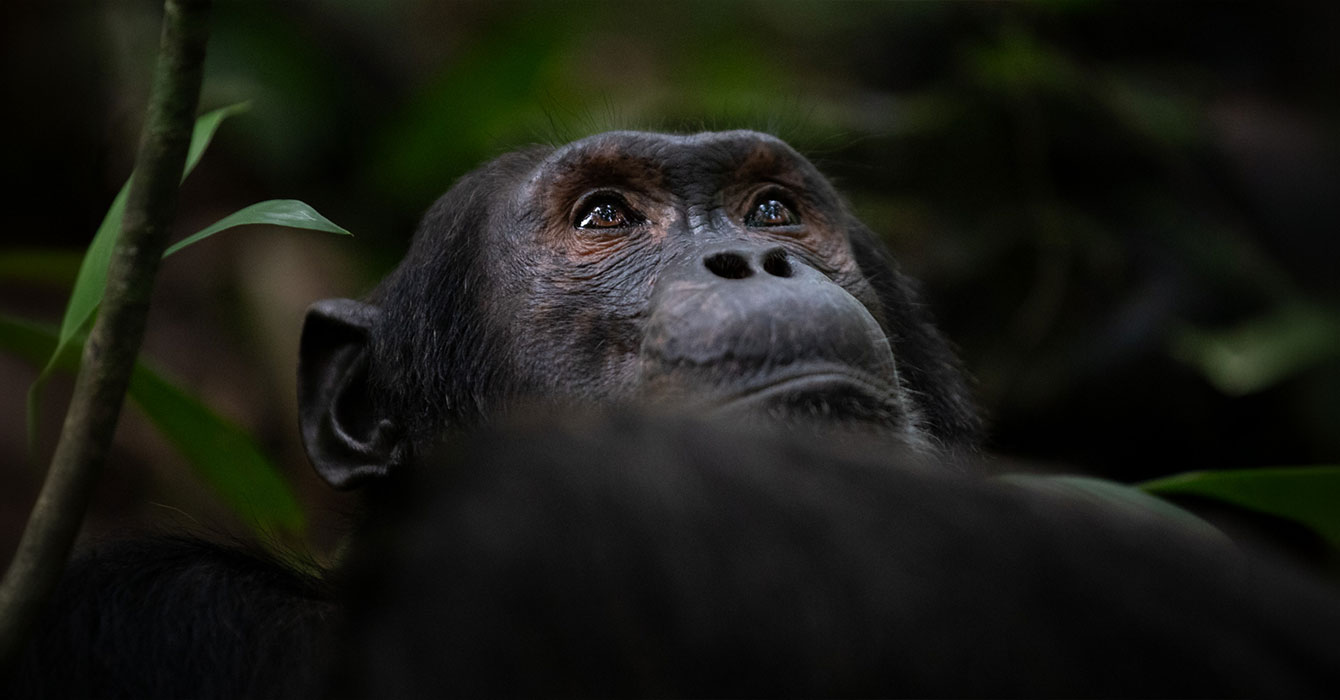
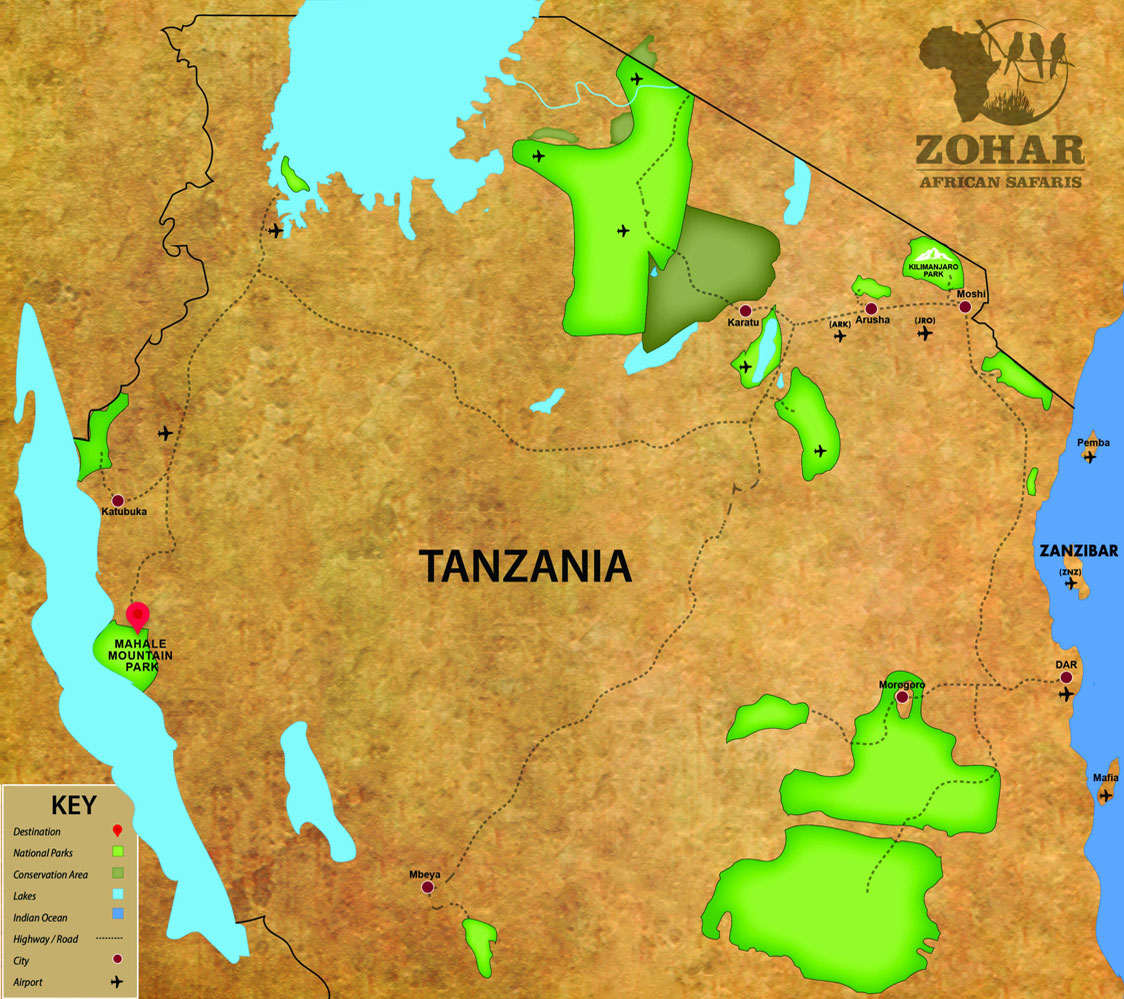
Deep in the heart of Africa, far from any roads, lies a hidden paradise that feels more like a secluded Indian Ocean island than an inland destination.
Here, silky white sand coves frame the crystal-clear, azure waters of Lake Tanganyika, creating a breathtaking contrast with the towering Mahale Mountains—a remote, jungle-clad range that rises 3,000 feet (900 meters) above the lake’s shores.
Spanning 1,005 square miles (1,615 square kilometers), Mahale Mountains National Park is an untouched wilderness where the pristine rainforest meets the world’s longest freshwater lake. Of this vast expanse, 37 square miles (96 square kilometers) extend into Lake Tanganyika, further enhancing the park’s unique ecosystem.
Mahale is home to one of Africa’s last remaining wild chimpanzee populations, with around 60 individuals inhabiting its forests. Tracking these incredible primates is a truly magical experience. Guided by expert trackers, visitors follow a trail of clues—shadowy clumps of nests high in the trees, half-eaten fruit, and fresh dung—leading deeper into the dense jungle.
Butterflies dance in shafts of sunlight, and then, suddenly, the forest comes alive. Chimpanzees chatter, preen each other’s glossy coats, squabble in animated bursts, or swing effortlessly through the vines—offering an intimate glimpse into their fascinating social lives.
While chimpanzees are the park’s star attraction, Mahale’s lush slopes support a diverse array of wildlife. Troops of red colobus monkeys, red-tailed monkeys, and blue monkeys move through the trees, while a dazzling variety of forest birds adds bursts of color to the dense canopy.
For those seeking a true wilderness escape, Mahale Mountains National Park offers an unparalleled blend of adventure, serenity, and unforgettable wildlife encounters.
Features & Wildlife Species
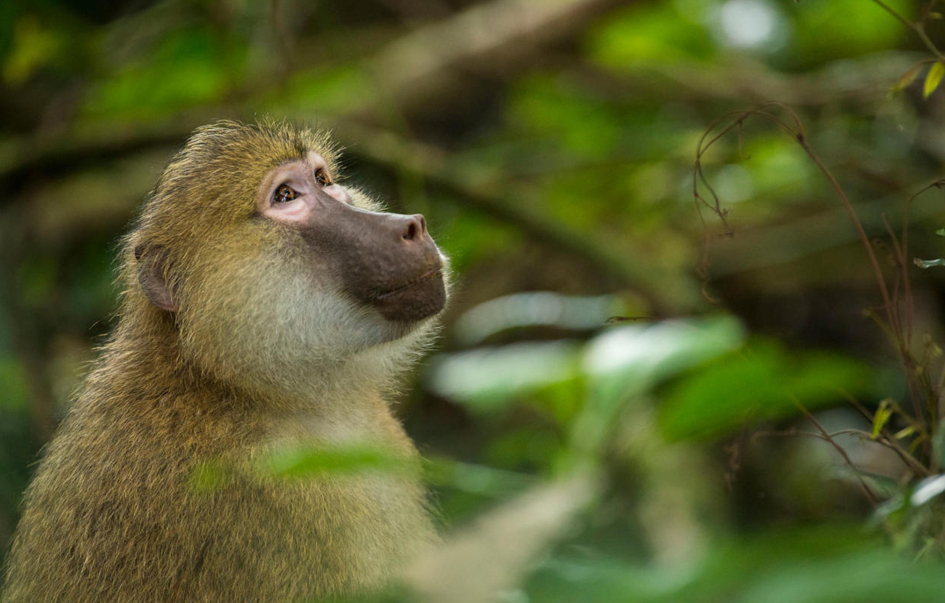
AREA ACTIVITIES
- Chimpanzee hiking.
- Primate safaris.
- Forest walks.
- Birding.
- Boat rides.
- Swimming and snorkeling.
WHEN TO VISIT
- The best time to go is in the dry season (June-October and late December-March)
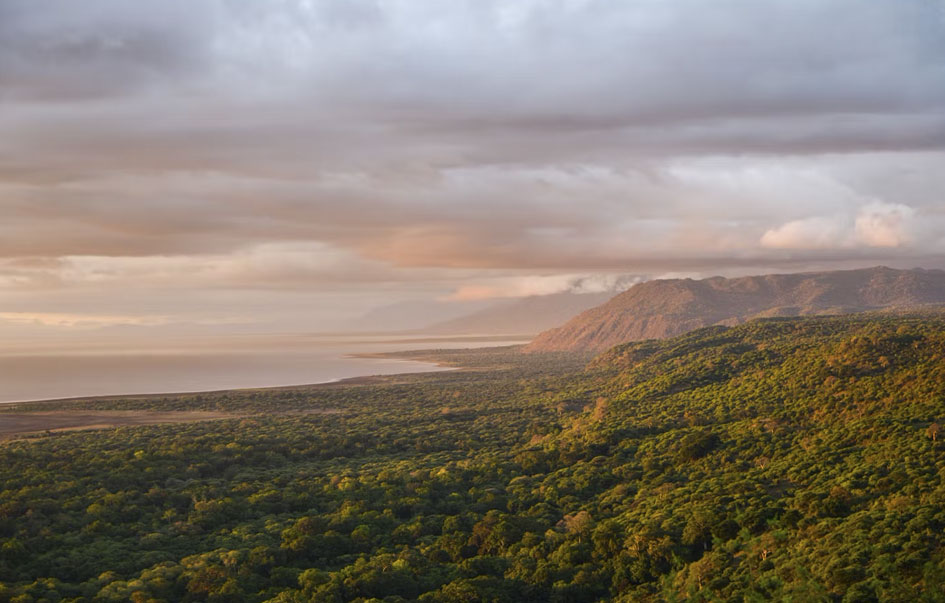
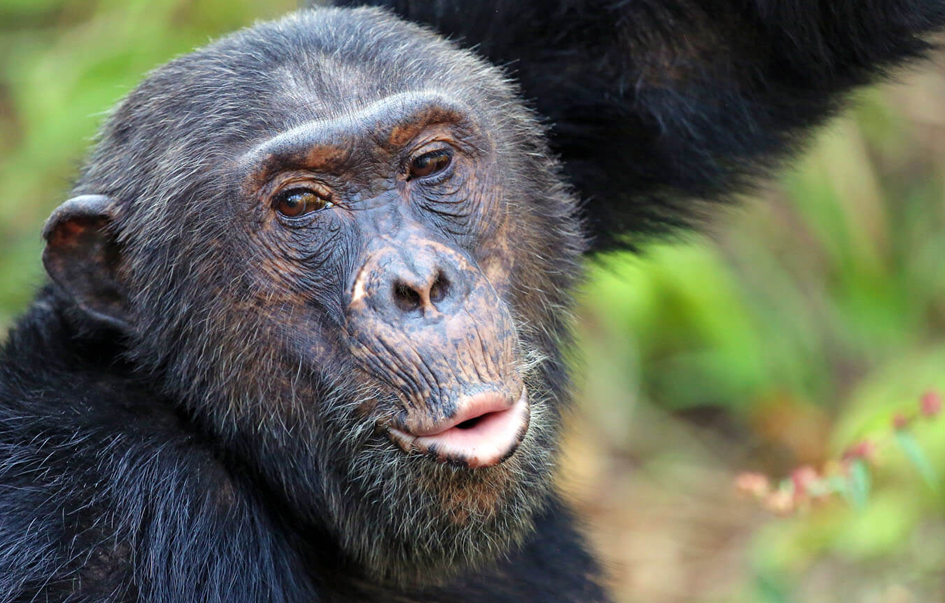
WHAT TO SEE
- Chimpanzees.
- Home to species of Angola colobus monkey and other kinds of primates.
- Scenic landscape made of mountains.
- 200 species of birds.
- Lake Tanganyika.
- Thick forest.
HOW TO GET THERE
- Flight – The least expensive way to get to Mahale is by using twice-weekly scheduled flights (Mondays & Thursdays), which link this park with Arusha, in northern Tanzania. The flights are relatively high in cost that makes this park of all the parks in the western circuit slightly more expensive to visit, but well worth it.
